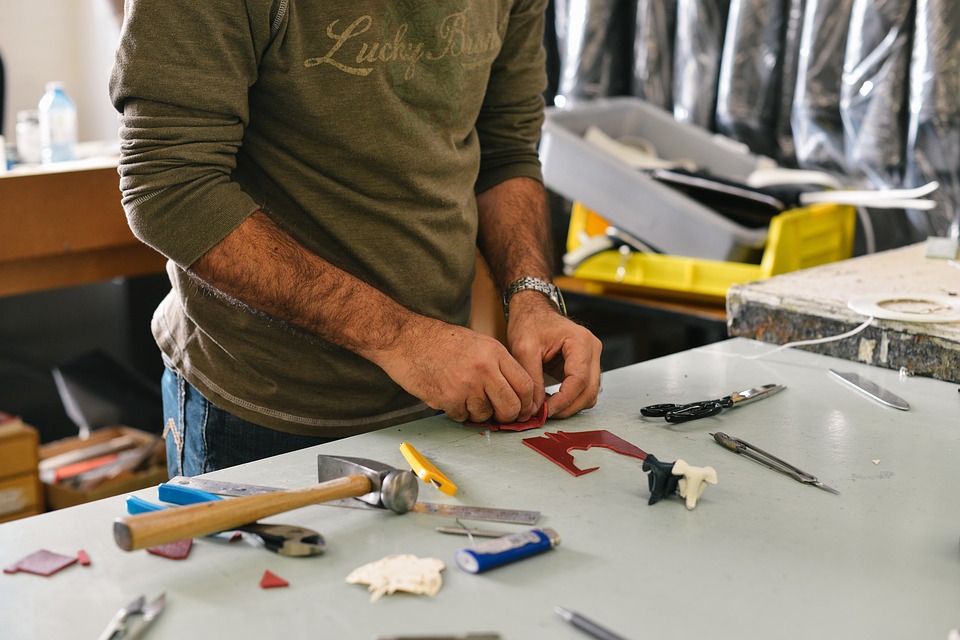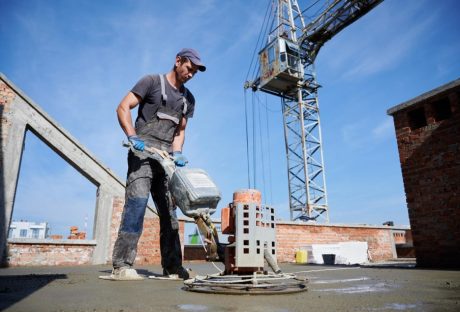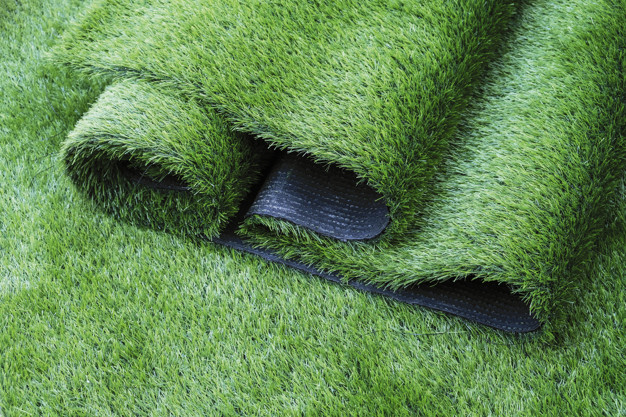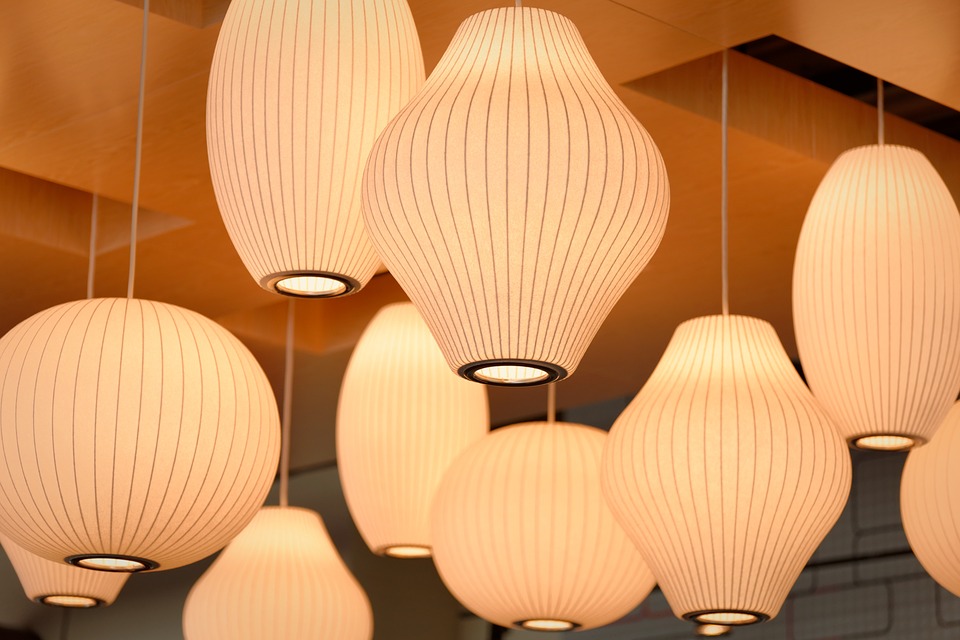We’ve all been driving our car along the road and noticed a dead tree branch blocking the path. Driving along clear roads and being able to enjoy the beautiful scenery is a wonderful thing. Nature offers to us a variety of colorful shrubs, trees, and plants that are pleasing to the eye.
How Arborists Do Their Jobs?
Arborists are working long and hard hours every day to bring the beauty of the natural world to others. Arborists care for the trees in a way that poses little risk to utility lines, roads, and sidewalks. An arborist is always using their skills to keep the areas of importance looking neat, clean and organized.
To help them achieve this look of “beautification,” arborists use an assortment of unique tools to get the job done. Trees and bushes that pose the greatest threat must be trimmed to an acceptable limit. One of the main tools used to grind up the large chunks of tree branches is the wood chipper.
Arborists often must climb trees and cut away low-hanging dead branches using power saws. These big wood chunks are dropped right into the chippers to be pulverized. Once the large chunks of wood are broken up into smaller lighter pieces they are hauled off.
Read also: 3 Amazing Flower Street Garden – How To Design
Where Arborists Spend Their Time?
Due to the nature of the work, arborist workplaces a heavy emphasis on outdoor activities.
Exposure to the elements and other random factors thrill many who choose this exhilarating career path in their life.
Most arborists serve the community and are often under government contracts to provide work for firms, large companies, and other government municipalities. It’s also not uncommon at all to hear that many arborists who work as independent contractors end up becoming owners of their own landscaping firms and companies.
How Arborists Earn a Living
Arborists work in a variety of different beautiful areas throughout the United States. The field of workers that trim and prune trees is expected to keep growing more and more each year.
Most cities are now adding extra “green space” by planting lots of trees. Some skills that an arborist is required to be able to handle daily include:
- Hauling away stumps, dead tree limbs, and wood chip scraps.
- Pruning trees to limit the overgrowth and to cut away diseased or rotting branches
- Responding in emergency situations like storms
- Being able to operate heavy machinery and use hand tools for trimming/pruning
- Moving seedlings from site to site
The Path to Becoming an Arborist
The requirements to become an arborist varies depending on the location to be worked. Some hiring managers may require an arboriculture or landscape design certification. On-site training is provided almost in all cases. When it comes to using the types of machinery involved, special training is a sure bet.
Working with certain chemicals may require special certifications as well. There are multiple courses you can take to increase your chances of being hired. Degrees that make potential arborists stand out can be passed with practice. Taking exams offered by great organizations like the Tree Care Industry Association or the International Society of Arboriculture are great ways to become an arborist.
Let us know in the comments what you think about becoming an arborist. Have you started an exciting journey to caring for the earth one tree, shrub and branch at a time?






















